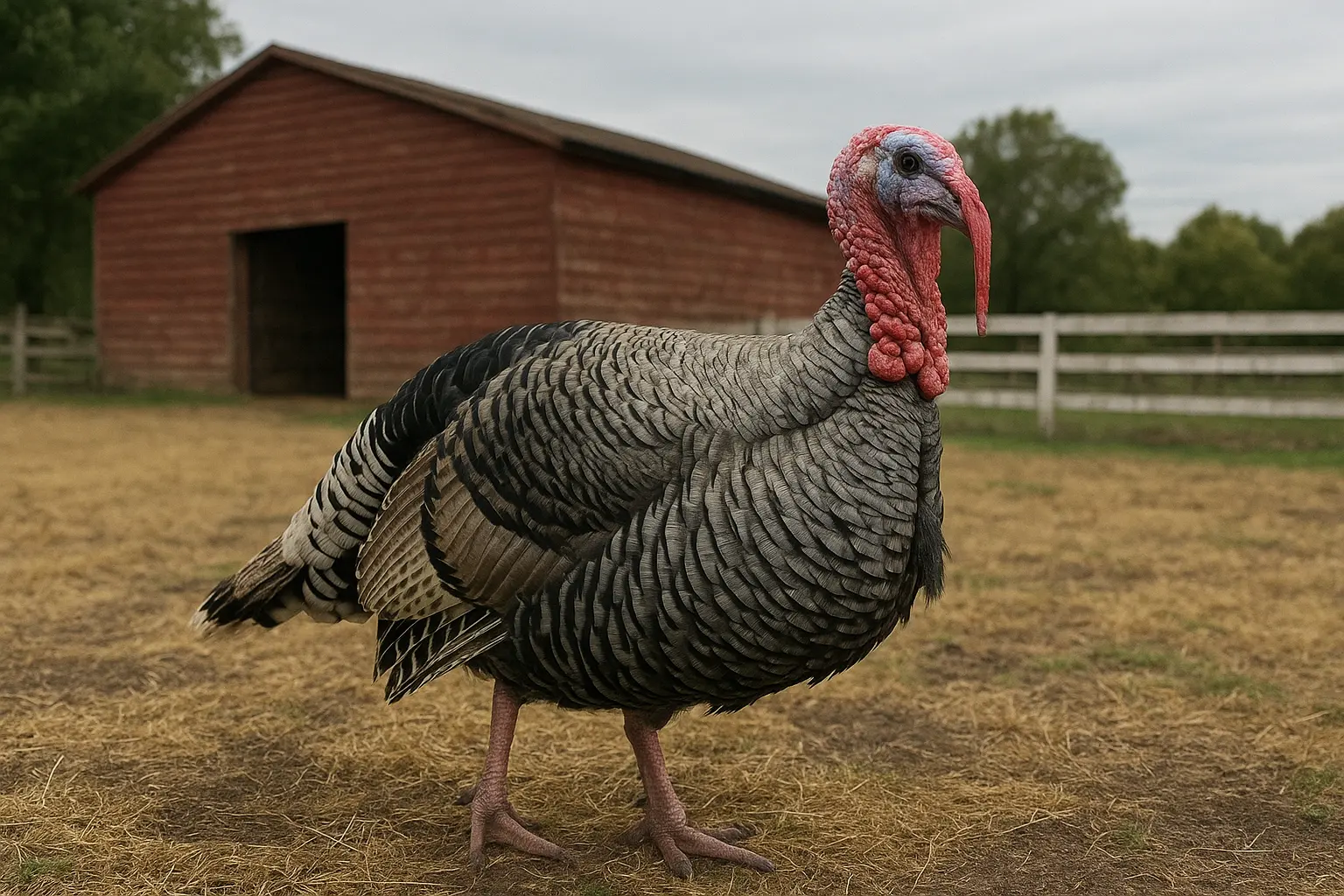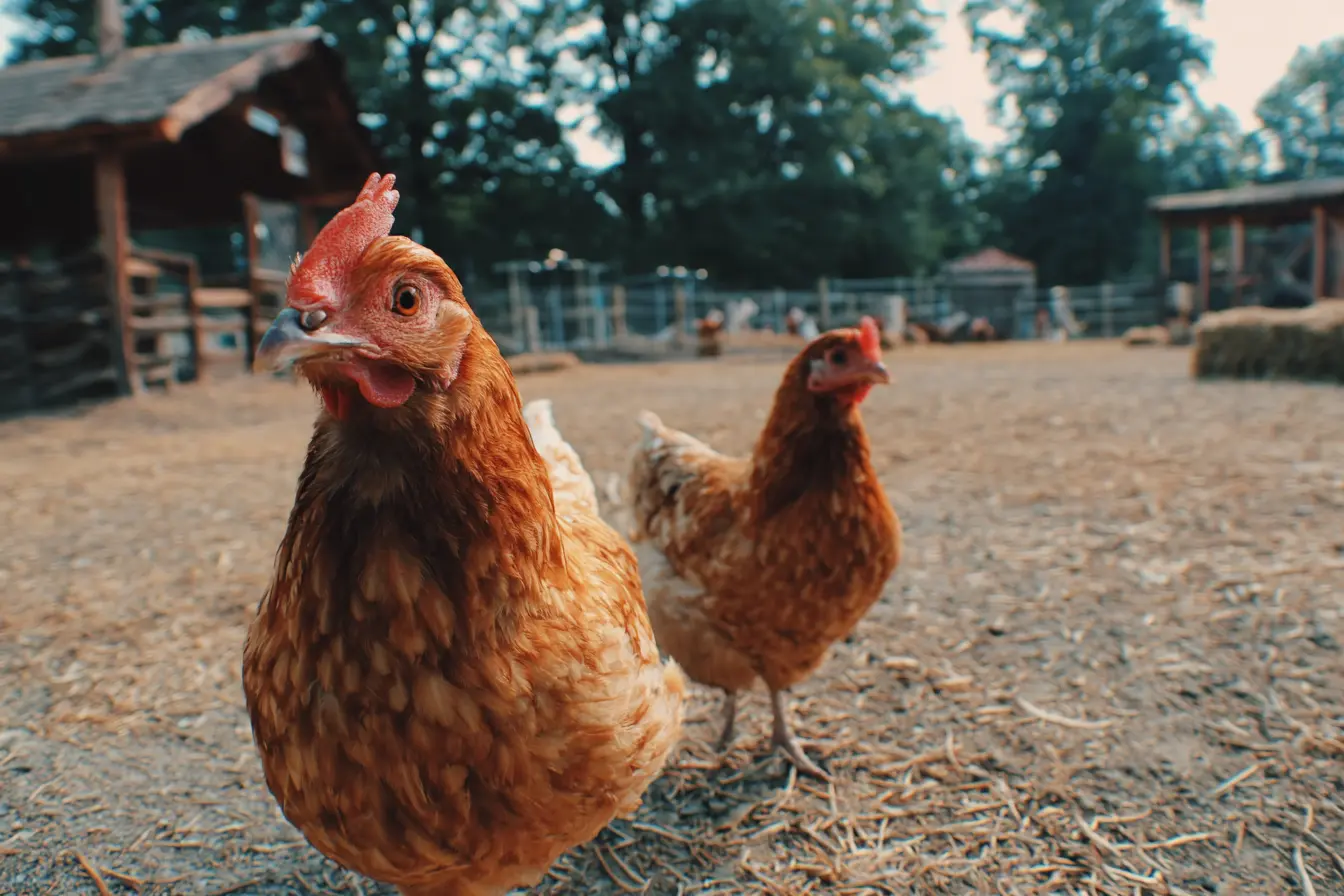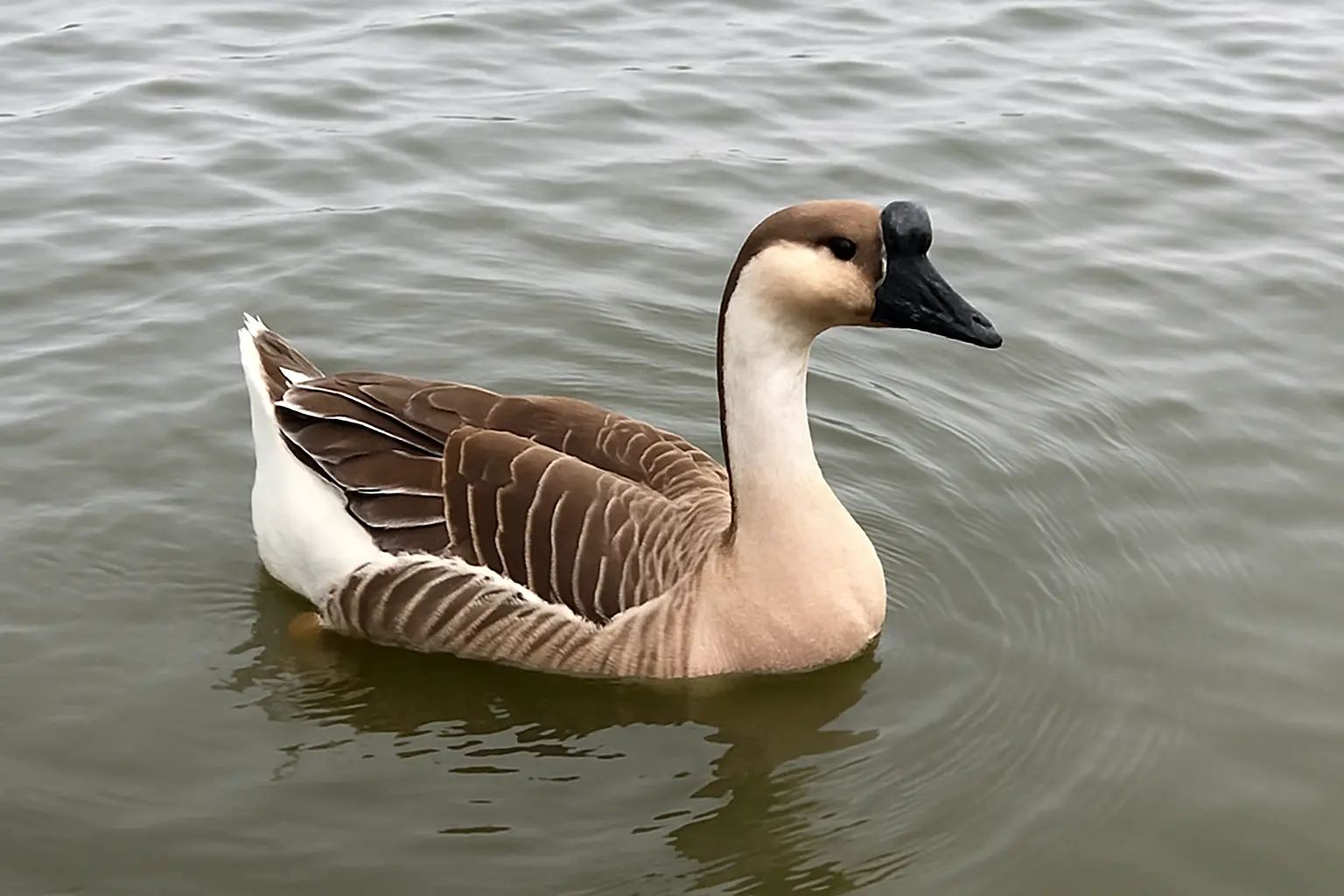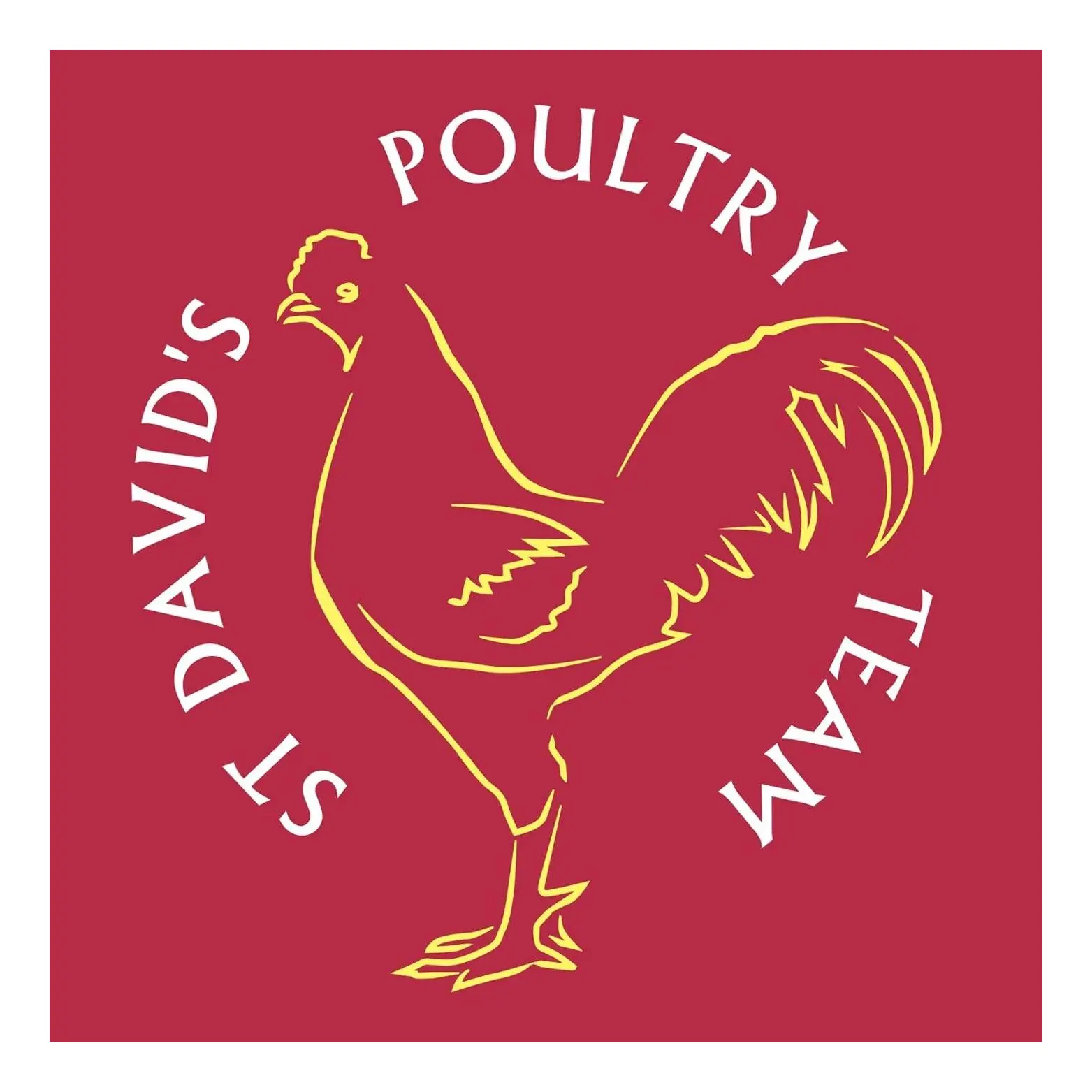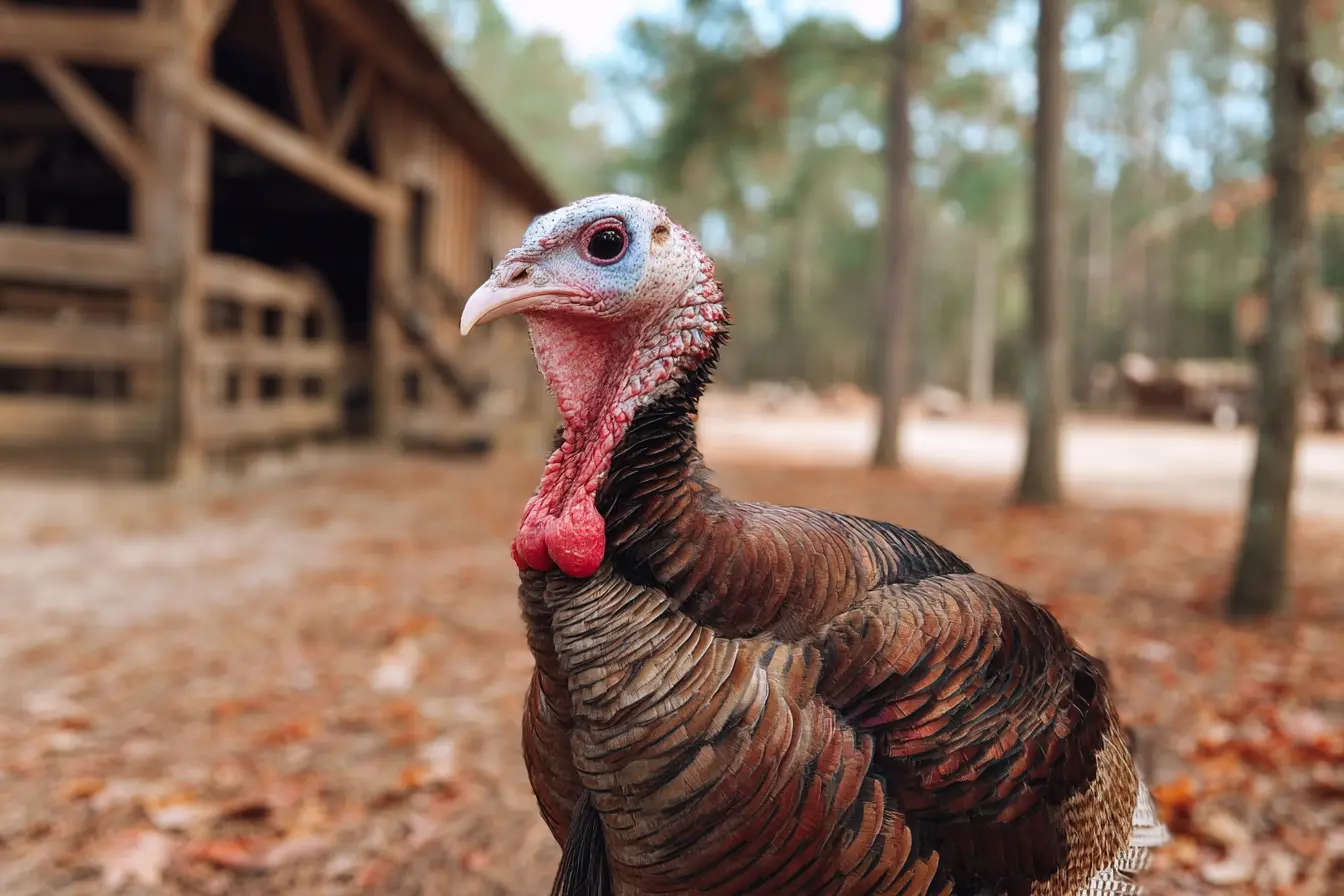
A Complete Guide to Keeping Bourbon Red Turkeys
Bourbon Red turkeys are a popular choice among poultry keepers in the UK due to their striking appearance, friendly temperament, and excellent meat quality. Whether you’re considering raising them for their delicious meat, as ornamental birds, or for their delightful personalities, Bourbon Reds can be a rewarding addition to your smallholding or backyard flock.
This comprehensive guide will provide all the essential information you need to know about keeping Bourbon Red turkeys, including their housing, feeding, health, and general care.
Introduction to Bourbon Red Turkeys
Bourbon Red turkeys originated in the United States and are named after Bourbon County, Kentucky, where they were first developed. They are classified as a heritage breed and are prized for their deep red plumage, white-tipped tail feathers, and excellent foraging abilities. Their calm and friendly nature makes them an excellent choice for first-time turkey keepers.
Key Characteristics:
- Lifespan: 5-10 years with proper care
- Size: Medium to large (toms weigh 10-12 kg; hens 6-8 kg)
- Temperament: Friendly, inquisitive, and social
- Appearance: Rich reddish-brown feathers with white tail tips and underbellies
- Meat Quality: Tender, flavourful, and lean
- Hardiness: Adaptable to the UK climate but requires shelter in extreme weather
Why Choose Bourbon Red Turkeys?
Bourbon Red turkeys offer numerous benefits for poultry keepers:
- Excellent Meat Quality: They produce a rich-flavoured, lean meat that is highly sought after.
- Friendly Disposition: Their calm nature makes them easy to handle and manage.
- Good Foragers: They are excellent at finding their own food and reducing feed costs.
- Attractive Appearance: Their unique plumage makes them a beautiful addition to any flock.
- Heritage Breed: Raising Bourbon Reds supports sustainable farming and biodiversity.
- Self-Sufficient: They are known for their excellent brooding and mothering abilities.
Housing Requirements for Bourbon Red Turkeys
Proper housing is crucial to ensure Bourbon Red turkeys remain healthy and comfortable in the UK’s varying weather conditions.
Shelter Requirements
- Size: Provide at least 1.5-2 square metres per bird inside the shelter.
- Bedding: Use straw, wood shavings, or sand to keep the shelter dry and comfortable.
- Ventilation: Ensure proper airflow to prevent respiratory issues.
- Security: Protect the shelter from predators such as foxes and rats.
- Perches: Turkeys prefer to roost; provide sturdy perches about 50 cm off the ground.
Outdoor Space
Bourbon Reds are active birds that thrive in open spaces where they can forage.
- Minimum Space: Allow at least 10 square metres per bird for free-ranging.
- Fencing: Use fencing of at least 1.5 metres to prevent wandering and keep predators at bay.
- Shelter Areas: Provide shade and windbreaks to protect them from harsh weather.
Tip: Rotating their grazing areas helps maintain pasture quality and reduces parasite risks.
Feeding Your Bourbon Red Turkeys
A balanced diet is essential to ensure your turkeys grow healthily and remain productive.
Essential Nutrition
- Starter Feed (0-8 weeks): High-protein (26-28%) turkey crumb for strong early development.
- Grower Feed (8-16 weeks): Lower protein (18-20%) feed to support steady growth.
- Finisher Feed (16+ weeks): A balanced feed to promote muscle growth without excess fat.
- Grit: Helps turkeys digest food effectively.
- Fresh Greens and Scraps: Leafy greens, vegetables, and fruit can be offered as supplements.
- Clean Water: Provide constant access to fresh, clean water.
Feeding Tip: Avoid feeding them chicken feed, as turkeys require higher protein levels for optimal growth.
Health and Common Concerns
Bourbon Red turkeys are generally hardy birds, but they require regular checks and proper care to prevent health issues.
Common Health Issues
- Blackhead Disease: A parasitic infection that turkeys can contract from chickens; avoid co-housing.
- Respiratory Infections: Caused by damp or poorly ventilated housing.
- Leg Problems: Due to their weight, Bourbon Reds can suffer from leg and joint issues.
- External Parasites: Regularly check for lice and mites and treat accordingly.
- Coccidiosis: Provide medicated feed if an outbreak occurs in young birds.
Preventative Care:
- Keep housing clean and dry.
- Conduct routine health checks.
- Provide a balanced diet to boost immunity.
Bourbon Red Turkey Behaviour and Handling
Bourbon Reds are known for their docile and friendly nature, making them a pleasure to keep.
- They enjoy socialising with their keepers and other turkeys.
- Toms may become territorial during the breeding season.
- They are intelligent and curious, often following their owners around.
- They have excellent foraging skills and enjoy searching for insects and greens.
Handling Tip: Handle poults from a young age to encourage tameness and ease of management.
Egg Production and Collection
Although primarily raised for meat, Bourbon Red hens can provide a modest number of eggs.
Egg-Laying Habits
- They typically start laying eggs at around 7-9 months of age.
- Expect around 2-3 eggs per week, primarily in spring and summer.
- Turkey eggs are larger than chicken eggs, with a rich flavour and thick shell.
- Hens are known to go broody and will sit on their eggs to hatch them.
Egg Collection Tip: Collect eggs daily to ensure freshness and prevent hens from becoming broody.
Winter Care for Bourbon Red Turkeys
Bourbon Red turkeys are well-adapted to the UK's climate but require extra care in winter.
- Shelter Insulation: Provide extra bedding to help retain warmth.
- Water Maintenance: Ensure water sources do not freeze by using heated drinkers or regular checks.
- Increased Feed: Increase food rations during colder months to maintain energy levels.
- Foot Care: Provide dry ground to prevent foot infections caused by wet or frozen surfaces.
Winter Tip: Monitor for signs of frostbite, particularly on their wattles and feet.
Breeding and Raising Poults
Breeding Bourbon Red turkeys can be a rewarding experience with the right approach.
Breeding Tips
- Toms can be aggressive during breeding season; provide ample space to avoid conflicts.
- Provide secluded nesting areas with plenty of bedding for hens to lay eggs.
- Incubation lasts around 28 days, with consistent warmth required for successful hatching.
- Poults need warmth and high-protein starter feed for optimal growth.
Growth Rate: Bourbon Red poults grow steadily and reach market weight within 24-28 weeks.
Legal Considerations in the UK
Before keeping Bourbon Red turkeys, ensure compliance with UK regulations.
- DEFRA Regulations: Follow biosecurity measures to prevent the spread of avian diseases.
- Local Council Rules: Check for any restrictions regarding poultry keeping in residential areas.
- Neighbour Considerations: Turkeys can be noisy, so discuss plans with neighbours if necessary.
Conclusion
Bourbon Red turkeys are an excellent choice for UK poultry keepers looking for a beautiful, friendly, and productive breed. Whether you're raising them for their exceptional meat, egg production, or simply as delightful companions, they are sure to bring value and joy to your home.
With the right housing, nutrition, and care, your Bourbon Red turkeys will thrive and provide years of enjoyment.
Contents
- Introduction to Bourbon Red Turkeys
- Why Choose Bourbon Red Turkeys?
- Housing Requirements for Bourbon Red Turkeys
- Feeding Your Bourbon Red Turkeys
- Health and Common Concerns
- Bourbon Red Turkey Behaviour and Handling
- Egg Production and Collection
- Winter Care for Bourbon Red Turkeys
- Breeding and Raising Poults
- Legal Considerations in the UK
- Conclusion
Tags
Related Vets
Vets near you
Speciality vets
- Aquatics vet specialists
- Birds vet specialists
- Camelids vet specialists
- Cats vet specialists
- Cattle vet specialists
- Deer vet specialists
- Dogs vet specialists
- Equines vet specialists
- Exotic vet specialists
- Goats vet specialists
- Pigs vet specialists
- Poultry vet specialists
- Sheep vet specialists
- Small Mammals vet specialists
- Wild vet specialists
